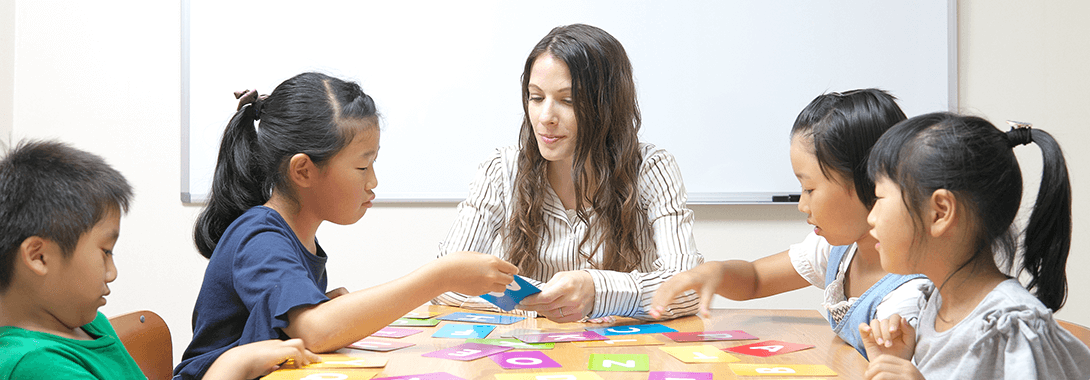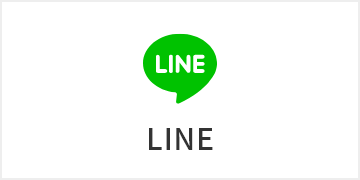お知らせ
News & Topics

What is the different between traditional education and STEAM education?
Traditional Education & STEAM Education Point of View
Education has been evolving over the course of time and we have now reached a stage where schooling is no longer confined to books and classrooms. One of the most innovative curricula, gaining much popularity in recent times is STEM (Science, technology, engineering, and mathematics)-a group of academic disciplines that are turning the focus from books and theories to experiments and experiences.
There are various things that set STEM apart from the traditional education system. While the traditional approach has been teaching our children a little bit of everything, STEM, as its name suggests has an extra focus on the field of science, mathematics, engineering, and technology, However, the subjects in focus are not the only grounds of differentiation between the two teaching approaches. Drawing a simple comparison between the traditional education approach and STEM is essential for every parent to choose the right curriculum for their child.

1. Knowledge VS Implementation
The traditional education system has been completely focused on instilling knowledge in the students. It is focused on books and numbers, and very little importance is given to the practical part or implementation of these theories. This is the reason that many of us can perfectly identify a quadratic equation, but not everyone realizes that these equations are crucial in building homes or even calculating profits. This scenario changes with the implementation of STEAM. In its core values, STEAM aims at teaching kids about topics like quadratic equations by actually highlighting its uses in real life.
2. Replication VS Creation
The traditional education system runs on a set of stringent rules, with clear definitions of right and wrong. While this imparts the theories perfectly, it does not leave any scope for growth or out of the box thinking. Traditional education is focused on replicating the correct hypotheses, while one of the most important pillars of the STEAM module is to build creativity.STEAM is focused on stimulating the brain and giving it a free reign to create, rather than simply replicate what is already known to the world. For this reason, various new-age inventions and discoveries like the 3D printers, water treatment machines, etc are all credited to STEAM.
3. Learning VS Doing
Sample STEAM material that use to enhance student creativity …


Learning is an important aspect of traditional as well as STEM education. However, traditional education focuses solely on the subjects to be learned and has been heavily dependent on assessments based on their teachings. However, STEM is more focused on raising the curiosity in children and feeding their bug to explore.STEM, therefore, focuses more on doing different activities first hand to understand it rather than read and learn about it indoors. To put it simply, traditional education has been focused on telling that a certain phenomenon occurs, while STEM. is focussed on making students question the need, the process and the effects of these phenomena.

4. Lectures VS Interactions
The traditional education system is built on the system of lectures and timely reviews in the form of examinations. Traditionally, a lecture involves a teacher speaking about a particular topic inside the confinement of a classroom. The efficacy of this method of teaching has been questioned time and again and most people find it to be boring. This system is completely transformed into STEAM education. A student begins their learning process anywhere and everywhere in STEM as their lessons are not restricted to classrooms, textbooks or lectures. The STEAM curriculum is focused on having an interaction with the students instead of just giving out a lecture.
5. Tests VS Experiments
Traditional education is dependent on books and papers. It is driven by testing methods that focus on making sure that the students know the concepts, irrespective of whether they understand it. However, the approach in STEAM is completely focused on understanding the concepts with real-life experiments and applications.STEAM focuses on making students aware of the mechanism and working of everything and helps the students understand the need for these concepts in their day to day life.




